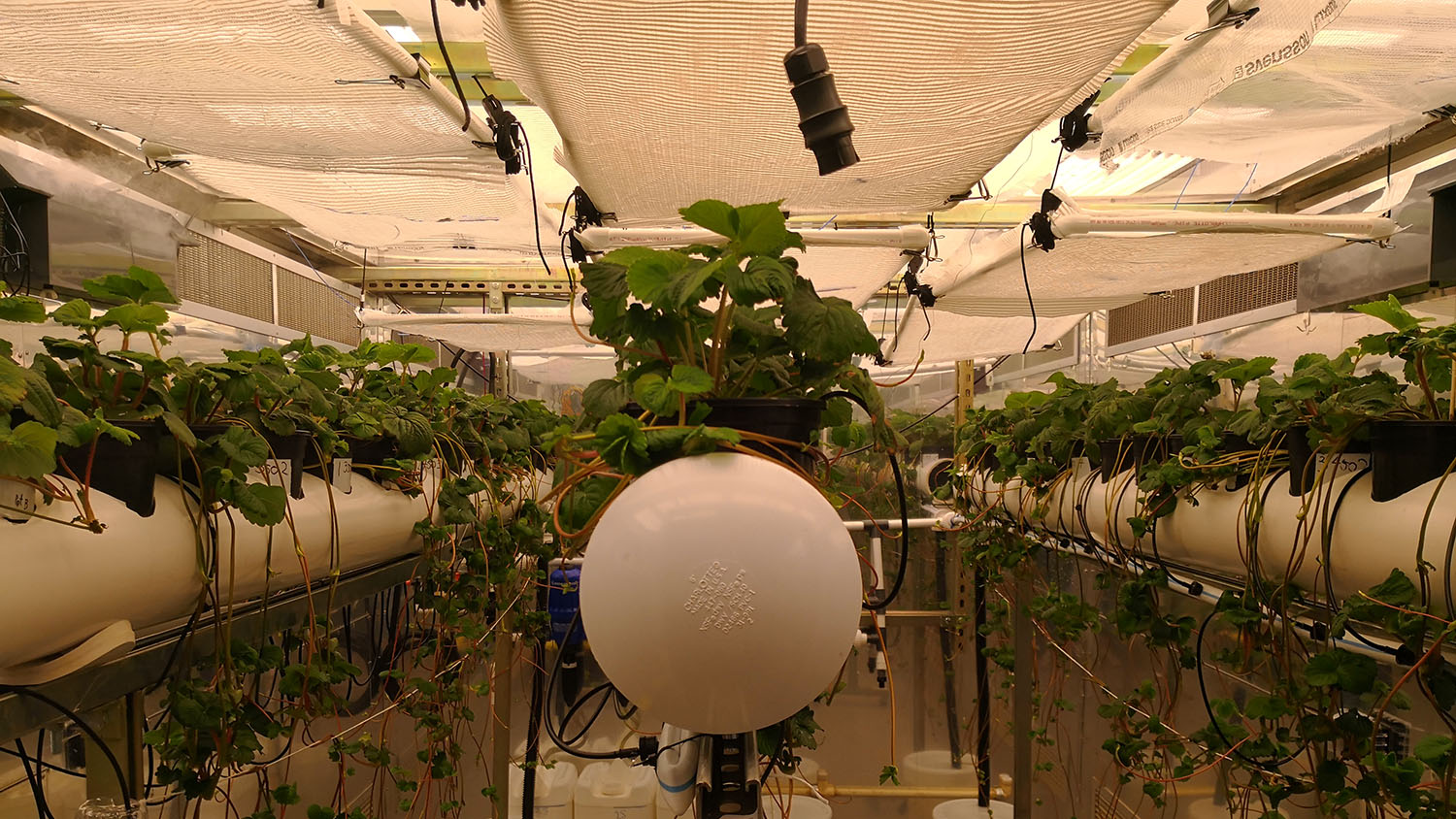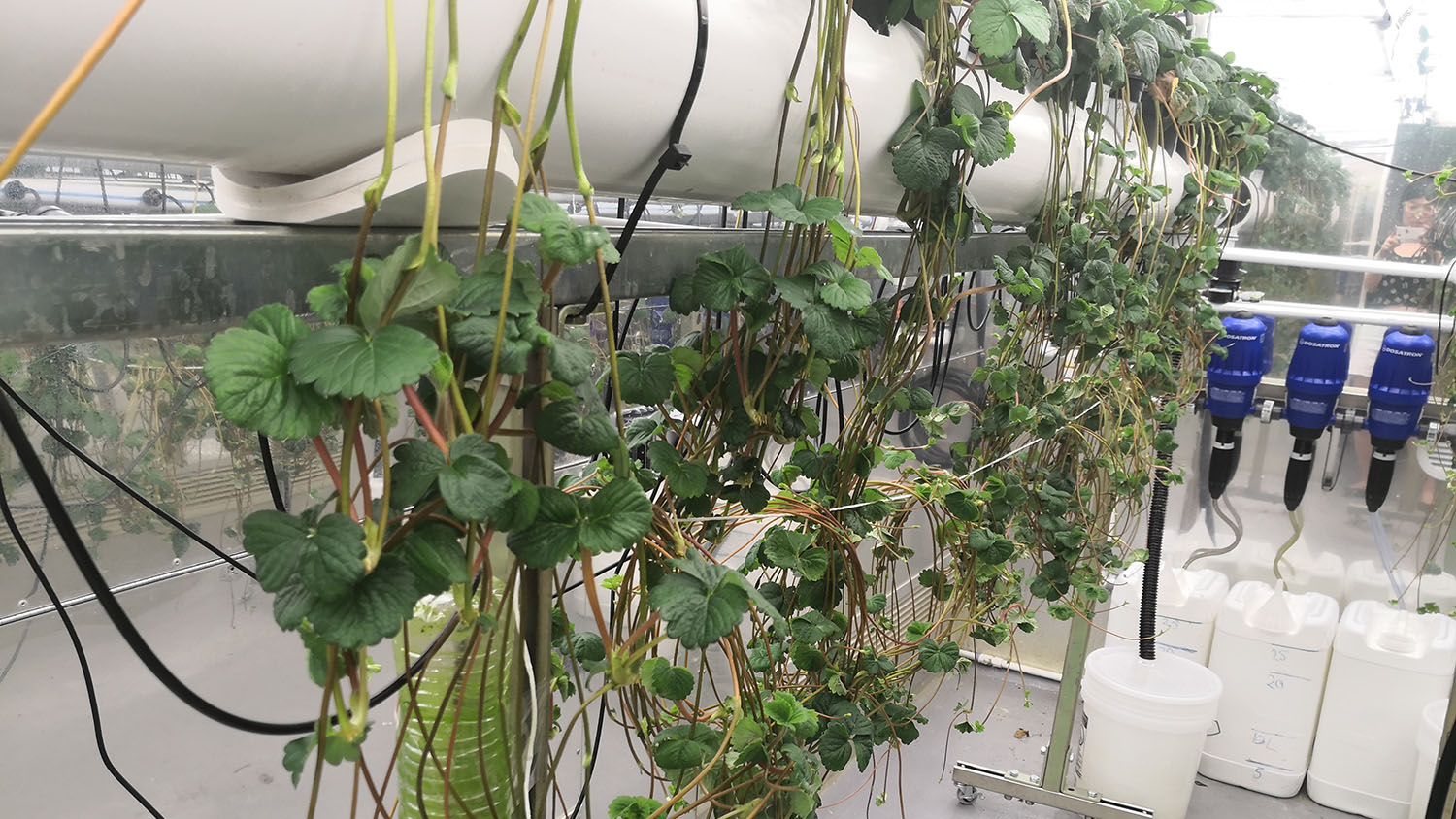Strawberry Propagation Project
Strawberry propagation is a costly multi-year and multi-location operation, with most plants originating in nurseries located in California, North Carolina and Eastern Canada.
We aim to revolutionize strawberry plant propagation through the use of controlled environment (CE) systems (indoor farms and/or greenhouses). It is necessary to investigate strawberry plant responses during their vegetative cycle to maximize propagation yield and to increase affordability. We are studying the impact of light, CO2, photoperiod, temperature, substrate, nutrition and systems on propagation yields. We are also optimizing the economic feasibility of this new approach.
The transformative research being performed from this project is part of the grant proposal development services offered by the Controlled Environment Agriculture (CEA) Coalition.
Current challenges in the strawberry propagation industry
Economic Impact
The success of the $2.3 billion strawberry farming industry depends on the ability to produce clean plant material on an economically viable scale and in a timely manner.
Propagation Time
To ensure clean planting stock, mother plants are typically grown in virus-indexed tissue culture facilities and then propagated in methyl-bromide (MB) treated fields for 2-3 years.
Disease Risk
Current propagation practices and systems can lead to the infection of plants with one or more potentially devastating diseases.

Controlled environment strawberry propagation will provide clean and high-quality products with the appropriate environmental conditioning.
The Plan Forward
- Characterize physiological responses (propagation/flowering) of mother plants to the environment
- Develop environmental protocols for transplant establishment, conditioning (runnering/flowering) and long-term storage
- Circumscribe genotypic variability based on phenotypic responses to environmental treatments
- Determine expected economic costs and returns of our newly developed techniques, and estimate the socioeconomic impact of adoption on the U.S. strawberry supply chain
- Translate and integrate the new CE propagation systems with our industry partners
- Develop services and products, and Extension and outreach activities to industry and public stakeholders

We have plant physiologists, economists, engineers, molecular biologists, and industry partners (open field, greenhouse, vertical farms) working on this project.
Current Collaborators
Federal/State
- USDA Federal funding ($6 million)
- USDA PIP-CAP SCRI
Industry Collaborators
- AeroFarms
- Phlora, Inc.
- Plenty Inc.
- Several strawberry nurseries in the US